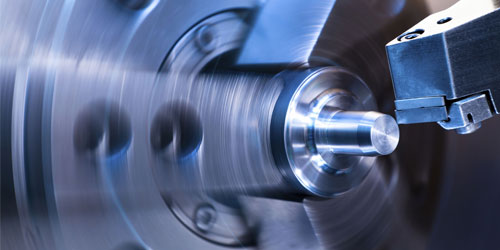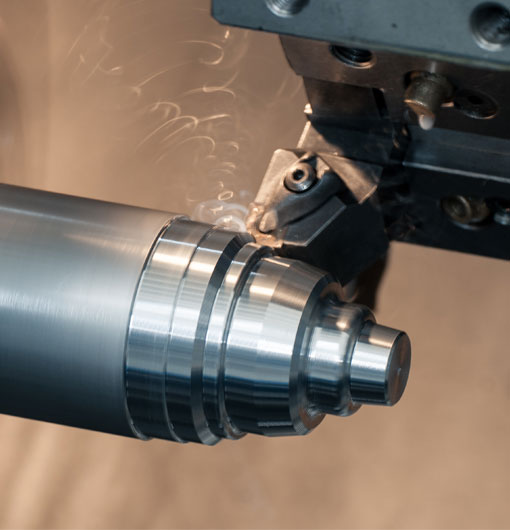CNC turning centre programming has revolutionized the manufacturing industry, allowing for better precision and efficiency when creating parts and objects. This article aims to provide a comprehensive guide for both beginners and experienced CNC machinists on how to master programming for CNC turning centres.
What is CNC Turning Centre Programming?
CNC, or Computer Numerical Control, refers to the automating control of machining tools like lathes, mills, and grinders using a computer. With CNC turning centre programming, a computer automatically moves and adjusts the lathe's working parts to ensure accurate and consistent production. The main advantage of using a CNC turning centre is that it gives the operator more control over the machining process, which reduces manual labour and increases efficiency.
The Basics of CNC Turning Centre Programming
To get started with CNC turning centre programming, you should first understand the basics of G-code. G-code is a language used to instruct CNC machines on how to perform specific tasks in the machining process. The most common G-codes are:
G00: Rapid positioning
G01: Linear interpolation
G02: Circular interpolation (clockwise)
G03: Circular interpolation (counter-clockwise)
G04: Dwell
G20: Imperial units (inches)
G21: Metric units (millimeters)
Beginner's Guide to CNC Turning Centre Programming
Follow these steps to start programming a basic CNC turning centre project:
1. Establish your part's dimensions: Before diving into the programming process, you should have a detailed drawing of your desired part, including dimensions and tolerances.
2. Choose your tooling: The next step is selecting the proper cutting tools for your project. Typically, you will need an external turning tool, an internal turning tool, and a parting tool.
3. Set your datum: The datum is a critical reference point for your CNC turning centre's programming. This point is typically at the machine tool's spindle centreline, which can be identified by setting the digital readout (DRO) to zero.
4. Write the program: Using the G-code language, create a program to produce your desired part, including the correct cutting tools and their respective speeds, feeds, and depths.
5. Set your tool offsets: After creating the program, make sure to set the tool offsets correctly for each tool. This process ensures the CNC turning centre accounts for any variations in tool geometry and guarantees accurate machining.
6. Simulate the program: Before running the program on the CNC turning centre, use simulation software to check the program and visualize the machining process. This step gives you the chance to catch any mistakes before running the actual program.
7. Run the program on the turning centre: After carefully simulating the program, you can confidently run the program on the CNC turning centre and produce your desired part.
8. Inspect the part: After machining, make sure to inspect the final part and ensure that it meets the specified dimensions and tolerances.
Advanced CNC Turning Centre Programming Considerations
For experienced CNC machinists looking to improve their programming skills further, here are some advanced considerations:
1. Macro programming: Take advantage of macro programming to create user-defined subroutines or custom G-code commands. This feature allows for the automation of repetitive processes and results in a more efficient programming experience.
2. Canned cycles: Use canned cycles to simplify programming and reduce errors. Canned cycles are pre-programmed G-codes that execute common machining tasks, like drilling and threading, with only a few lines of code.
3. Multiple tool set-ups: Expand your programming capabilities by learning how to utilize multiple tools simultaneously. This technique, known as live tooling, can increase efficiency and enable more complex part production.
4. Advanced tool life management: Explore advanced techniques for monitoring and managing tool life to ensure consistent quality while minimizing downtime.
5. Specialized CAD/CAM software: Consider investing in specialized software designed for CNC turning centre programming. These programs can streamline the programming process by generating G-code directly from CAD drawings, ultimately saving time and effort.
As you embark on your journey to master CNC turning centre programming, remember that practice and perseverance are essential components of success. Continuously challenge yourself with new projects and strive to learn new programming techniques. With dedication, you will become an expert CNC machinist capable of producing intricate and precise parts.
cnc turning centre programming













